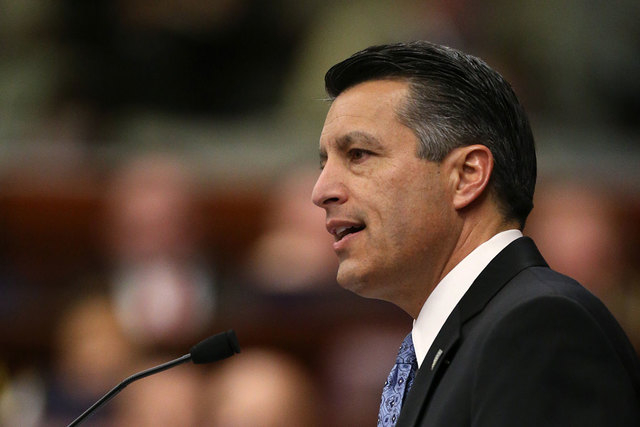Sandoval budget would boost autism funding in Nevada

CARSON CITY — Gov. Brian Sandoval’s new budget proposes to significantly increase funding to treat the estimated 6,000 children in Nevada diagnosed with autism, but even so, a wait list of about 1,000 children seeking services is expected to continue, state lawmakers were told Wednesday.
Total spending on children with autism spectrum disorder would jump to $73 million in the new budget from about $10 million currently, resulting in services being provided to 836 children by the end of fiscal year 2017, lawmakers reviewing the Department of Health and Human Services budget were told.
That is up from the 572 children expected to receive services by the end of this fiscal year through the Autism Treatment Assistance Program operated by the state Aging and Disability Services Division.
In addition, the department plans to offer Applied Behavioral Analysis services to autistic children through Medicaid starting in January 2016. This will provide services to about 1,879 children. The services will address communication and behavior. About $28 million in the new funding will come from Medicaid.
Because there is some overlap in the two programs, the total number of children estimated to receive services will be 2,464 in the upcoming budget, said HHS Director Romaine Gilliland.
The funding is one of three major budget initiatives in Gilliland’s department budget for the 2015-17 spending plan.
But members of the Senate Finance and Assembly Ways and Means committees, meeting to review Sandoval’s budget ahead of the Feb. 2 legislative session, asked about those waiting for services.
Gilliland said that because of financial limitations and the ability of the Nevada provider community to gear up to offer needed services, a wait list now of about 1,000 children is expected to grow slightly during the two-year budget. One reason is because the number of children diagnosed with the disorder continues to grow, he said.
Some of those children might be able to receive services through the public school system, Gilliland said.
Julie Kotchevar, deputy administrator with Aging and Disability Services, said the estimated wait list depends in part on how many children can receive services through private insurance or Medicaid.
Gilliland said just a few years ago, autism funding through his agency was only about $1 million. In the current biennium it totals about $10 million.
“So the increase to a total funding of $73 million is really a significant emphasis on autism spectrum disorder and recognizing that this is something that we have to be addressing,” he said. “So it is a significant shift.”
The Mayo Clinic of Rochester, Minn., defines autism spectrum disorder as a serious neurodevelopmental disorder that impairs a child’s ability to communicate and interact with others. It also includes restricted repetitive behaviors, interests and activities. These issues cause significant impairment in social, occupational and other areas of functioning.
Contact Sean Whaley at swhaley@reviewjournal.com or 775-687-3900. Find him on Twitter: @seanw801